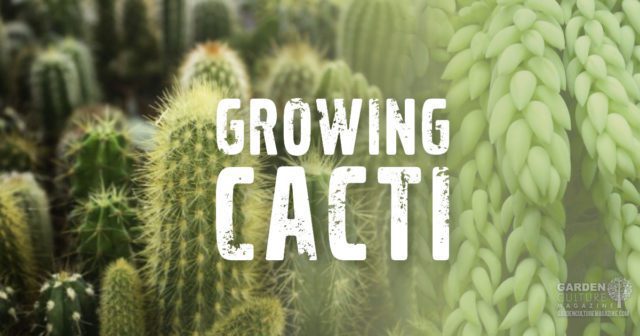In 1971, self-taught gardener Ruth Stout brought the gardening world The Ruth Stout No-Work Garden Book. I’m not sure if she coined the term, but she popularized it. But before we get into it, I should probably say up front that while catchy, the term “no-work” might be a little misleading. A more appropriate name would be the “as-little-work-as-possible” garden.
About Ruth Stout
Stout was an incredible woman. Born in 1884, she lived a whole life before gardening became her focus. At the age of 18, Stout moved from Kansas to New York and held many jobs over the years, including bookkeeper, baby nurse, business manager, and factory worker. She also owned a Greenwich Village tea shop and worked for a fake mind-reading act. In 1930, Ruth and her husband moved to a 55-acre farm, and she decided to plant her first garden.

For the first few years, Stout gardened using traditional methods and had some success. However, she got tired of waiting for the guy to come to plow the fields every year. Also, the manual labor involved in traditional gardening was becoming too much for her. So, she decided to try something different. She just planted her seeds, covered them with mulch, and waited to see what happened. The result was the beginning of the no-work garden revolution.
No Work!
The basic idea behind a no-work garden is allowing nature to do what it does naturally. In the forest, trees and plants grow and thrive, and there’s no one there plowing and tilling the soil, adding fertilizer, or pulling weeds. Nature has survived for a lot longer than us on this planet, so why not let it do its thing?

The two keys of a no-work garden are no-till and mulch. And these two things work together, so you don’t have to.
No-Till
We have a more in-depth post on the concept you should check out, but the basic idea is exactly as the name suggests: you don’t dig or till the soil! By leaving the ground alone, you avoid disturbing the subsoil and the microorganisms and fertile processes that naturally occur – providing your plants with a happier environment.
Mulch, Mulch, Mulch
Ruth Stout was known as The Mulch Queen and for a good reason! The most important part of the Stout gardening method is year-round mulching. There are many benefits to mulch, including natural weed control and excellent moisture retention.

Stout’s mulch of choice was hay. And when asked how much to use, she would say, “twice as much as you think.” But to be more specific, she writes in her book, Gardening Without Work, “I beg everyone to start with a mulch 8 inches deep; otherwise, weeds may come through, and it would be a pity to be discouraged at the very start.”
If you already have a garden, you can add the hay (or whatever mulch you’re using) around your plants. But if you start from scratch, you can throw down a thick layer of hay right on the lawn where you want to create your garden. Don’t even bother clearing away the grass or plants. They will decompose and become part of the natural fertilizer we talked about before. Like a fine wine, these gardens will only get better with age. Just keep adding more mulch.
To quote again from Gardening Without Work, “My no-work gardening method is to keep a thick mulch of any vegetable matter that rots on both my vegetable and flower garden all year round. As it decays and enriches the soil, I add more. The labor-saving part of my system is that I never plow, spade, sow a cover crop, harrow, hoe, cultivate, weed, water or spray.”
How many of those tasks are you doing in your garden? Now, imagine not doing them!





One Response
These days some hay has been sprayed with an herbicide to aid in harvesting. How do you deal with that?